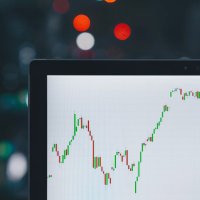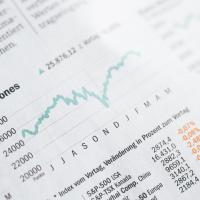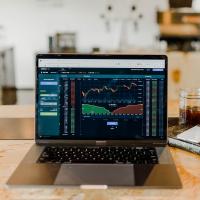Home > Investment Guide > Investing Basics
Successful Ways to Assess Investment Performance
 You cannot use the amount of the return alone to assess the performance of your investment. After all, even though your stock portfolio may be up by 15%, it does not mean that it is performing quite as well as it should. So, how can you identify how successful your investment is? If you are at a loss, here are two ways not to assess your stocks and three proven ways to assess your investment portfolio successfully.
You cannot use the amount of the return alone to assess the performance of your investment. After all, even though your stock portfolio may be up by 15%, it does not mean that it is performing quite as well as it should. So, how can you identify how successful your investment is? If you are at a loss, here are two ways not to assess your stocks and three proven ways to assess your investment portfolio successfully.
Why You Shouldn’t Use Indexes
The problem with using indexes is that they are usually based on a single stock market. If you have a diverse number of investments, you should not be investing in a single country. Therefore, indexes are not a good indicator of the performance of your investments. They can show how well you are performing against a single company, but not against the entire stock market if you have a diverse portfolio.
Why Your Return Amount is Not a Good Indicator
Obviously, higher investment amounts mean a higher return amount. Therefore, the actual amount of return is also not a good indicator of how well your stock is performing. Even if your return amount continuously rises, it is not necessarily a good indication that you are performing as well as you could. You should resort to ratios or measures to indicate how well you are performing overall.
The Treynor Measure
This measure was created by Jack L. Treynor, who was the first to compute a measure of performance that included the level of risk. He did this by isolating the two separate parts of risk – risk from the fluctuations of individual securities and risk from fluctuations in the market. This used the concept known as the security market line. The security market line is the relationship between the market rate of returns and portfolio returns. It can be calculated by subtracting the risk-free rate from the portfolio return and dividing it by the Beta, which is the return of market minus the risk-free rate of return.
The Sharpe Ratio
The Sharpe ratio is very similar to the Treynor measure because it calculates the risk of your investment. However, it does this using standard deviation instead of the beta. This is done using Bill Sharpe’s capital asset pricing model and compares your investment against the capital market line. There is a very simple formula used to calculate this. You take the difference between the portfolio return and the risk-free rate and divide it by the standard deviation.
The Jensen Measure
The capital asset pricing model is also used to calculate the Jensen measure. The Jensen measure was created by Michael C. Jensen, and it takes into account the excess return on investment over the expected return of the same investment. This is known as the Alpha. It can be calculated by subtracting the benchmark portfolio return from the portfolio return. The benchmark return is calculated by adding the beta and the risk-free rate of return.
Regardless of the amount that you are investing, every investor wants to know that they have chosen stock wisely. Using measures and ratios such as the Treynor Measure, Sharpe Ratio, and Jensen measure are essential to establish confidence in your investment. They give you the chance to reassure yourself in the performance of your investments overall, and look at much more than just the comparison between another index or the rate of your return. For the best possible assessment of your performance and risk, it is best to use all three of the ratios discussed here. Beyond simply measuring stock market performance, you also want to make sure you bet on winners. Using investment intelligence resources like investwall.com is an excellent way to secure your success in the stock market.
More to Read:
Previous Posts:




